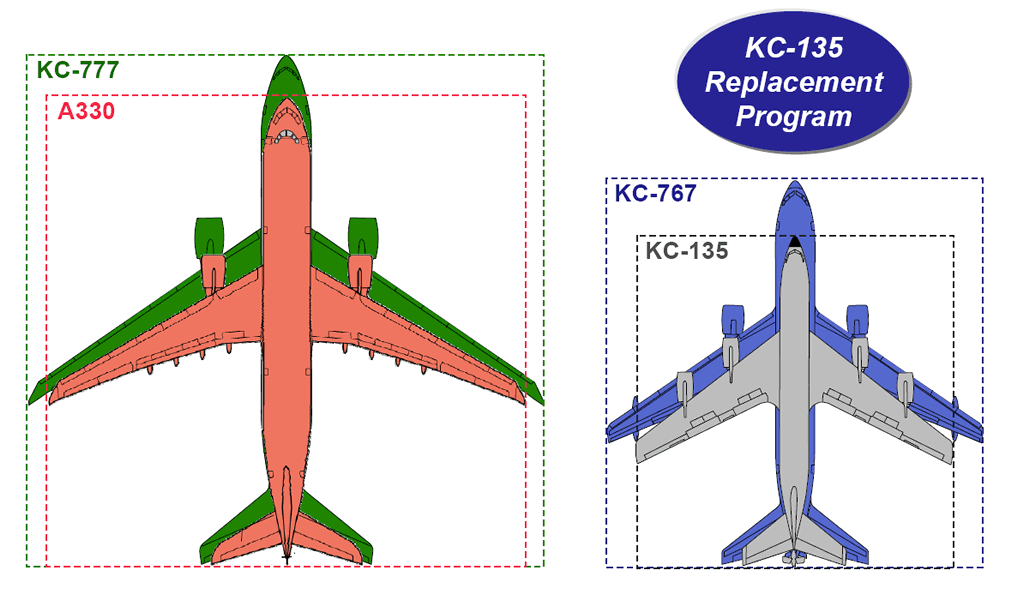Leeham News and Analysis
There's more to real news than a news release.
Podcast: Paris Air Show, A Look Back
Addison Schonland, Richard Aboulafia and I did a podcast late yesterday, talking about the commercial orders at the Air Show, Airbus, Bombardier, the tanker program, UAVs and last but not least we took bets on whether the first flight of the 787 would happen on June 30. The answers are very interesting in light of this morning’s news.
787 First flight postponed
- Press Release
- Source: Boeing
- On Tuesday June 23, 2009, 9:00 am EDT
EVERETT, Wash., June 23 /PRNewswire-FirstCall/ — Boeing (NYSE: BA – News) today announced that first flight of the 787 Dreamliner will be postponed due to a need to reinforce an area within the side-of-body section of the aircraft.
Launch aid for the A350
This is the seventh in a series of reports from the EADS media day and the Paris Air Show.
It is becoming increasingly clear that Airbus is almost certain to tap launch aid from its member states (France, Germany, Britain and a miffed Spain) of $4bn-$5bn for launch aid for the A350.
787 FF June 28: Aviation Week; Umm, June 30: Flightblogger
Aviation Week magazine today reported that Sunday, June 28, is the likely day for the first flight of the Boeing 787. Read the story here.
Bloomberg has a good piece on “the $15 billion dilemma” faced by Boeing to respond to the Airbus A350. This story may be found here.
Update, June 20: Flightblogger reports June 30 now targeted for first flight.
Bits and Pieces
This is the sixth of a series of posts from the EAD media day and the Paris Air Show….
There are always bits and pieces picked up at these things that don’t fit anywhere else.
787 Line 2 decision near/Updated
Update, June 19: Air Transport World’s Geoffrey Thomas (the 2008 Aerospace Journalist of the Year) spoke with Boeing’s CEO Jim McNerney on the 787 Line 2, and it’s more warning to the IAM. Here is the full ATW Online report:
McNerney: ‘My nerve’ to launch new aircraft programs is ‘spectacularly strong’
“No, No, No!” was the short and emphatic answer from Boeing Chairman, President and CEO Jim McNerney when ATWOnline asked him whether the manufacturer has lost its nerve to launch a new aircraft program after the battering the company took from 787 production glitches. “My nerve remains spectacularly strong,” he said during a conversation this week in Paris. “We did not do the job on the 787 supply chain execution. But we are fools if we do not learn from it. There are things we are going to do very differently going forward.”
Boeing KC-7A7 tanker briefing
This is the fourth in a series of reports from the EADS media day and the Paris Air Show. We will be off-line Wednesday while returning to to USA.

Source: Winds of Change. Rendering of the KC-767 and KC-777.

Source: Catch 4 All: Comparisons of KC-777, KC-30, KC-767, KC-135 footprints.
Boeing held a dedicated tanker briefing Tuesday (June 16) to add detail to the announcement Monday by IDS President Jim Albaugh, who said the company’s tanker program has been remained KC-7A7. This designation reflects the ambiguity of what airplane Boeing will offer: a 767-based or a 777-based aircraft.
Deja vu all over again
The third in series of articles from the EADS media day and the Paris Air Show….
Your competitor has designed a new airplane that promises to be 20% more efficient than yours. You are involved in a costly new airplane program already that is billions of dollars over budget and years late. So hoping to avoid taking on another entirely new airplane program you decide to re-wing yours and hang some new-generation engines on it to be competitive.
That’s what Airbus did when Boeing announced its 787. The popular A330 received a new wing and new engines and called the A350. It was a dud.
KC-777 ready to go?
Update, 6:00PM Paris Time:
By now readers probably have seen the news from the Air Show on this topic: Boeing is prepared to offer either a 777-based tanker or a 767-based tanker, depending on the RFP requirements. Bloomberg News has a good summary of the IDS briefing on this topic. It may be found here. As far as the factual reporting goes, we don’t have anything to add to the Bloomberg piece. There is a full tanker briefing tomorrow, at which the media has been promised more detail.
Barring any more downpours like we had today to further dampen the spirits of aviation, we will be there..
Original Post:
This is the second in a series of articles from the EADS Media Day and the Paris Air show….
There was an interesting buzz at the Aerospace Journalist of the Year Awards dinner on the eve of the launch of the Paris Air Show.
Word was circulating that Boeing will announce at its Integrated Defense Systems briefing at 11 am June 15 that the company is prepared to offer the USAF a tanker based on the 777-200F should the new Draft Request for Proposals outline requirements for a larger medium tanker than Boeing’s previous KC-767-200AT offering.
Aerospace Journalist of the Year
Geoffrey Thomas of Air Transport World was the winner of the Aerospace Journalist of the Year both in his category and of all 14 categories. Jon Ostrower of Flight Global and Niall O’Keefe, also of Flight Global, won in their categories–and we won in our category, Regional Airlines stories.



